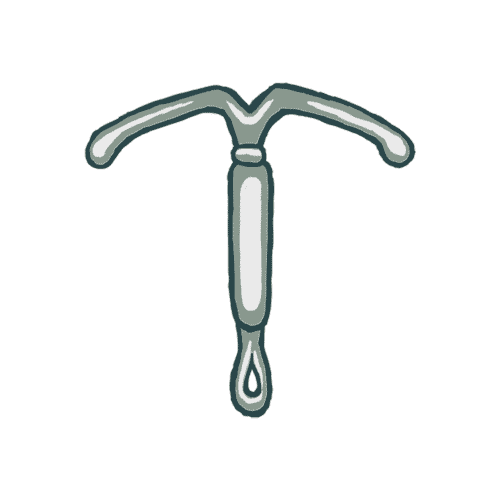Collagraphs - Getting started
- s3792259
- Jun 18, 2023
- 2 min read

I have been a big advocate for Printmaking for a long time but I have never dabbled
in Collagraph.

The Workshop part 2 for year 1 of the Batch we worked with Collagraph, something very new to me.
I basically started out just testing how the medium would work. I for a while have been collecting my hair, from the shower, from haircuts, random places I shed. I've been doing this because 1 - I'm a bit of a hoarder & 2 - I have PCOS and I feel like I'm loosing more and more hair as time goes on. The emotional weight of using my own hair in my art I feel will add another meaning to anything I make with it.
So for the first plate that I made it was experimenting with my hair and some PVA Glue onto a piece of cardboard - I didn't end up using this plate in the final works, but they were a good test for the final plates.

It the moment I am playing around with the 'Body' and gender identity, in connection with PCOS. A while ago I came across St Wilgefortis, a bearded woman who was Crucified. The story goes that a young woman who was devout to God was set to be forced into an arranged marriage by her father. She had a vow of celibacy and the night before the wedding she prayed to God to make her repulsive to her soon to be husband. The next morning she woke up with a beard and the wedding was called off. Her Father was so angry that he had her crucified.
It is debated in Catholicism whether Wilgefortis existed, or is a saint or if people got confused seeing a statue of Jesus with a dress and thought it was a woman.
Its is thought that she had PCOS and had Hirsutism - excess hair growth in unwanted places, this is what caused her beard. Most women in Freak shows with beards most likely had PCOS, back when it wasn't understood to be a hormone imbalance.

I created this sketch around the Ideas of 'The Body' and making it into its individual parts according to "gender".
Hands, Face, Mammary Glands (Breasts), uterus, and feet.
I planned on using thread and PVA glue to create each element into Collagraph plates.
Once they glue is dried, I also went over shellac to make the plates more robust and make the thread less porous
To ink up the plates you basically use the same technique as you would with a copper plate etching - Intaglio. - Pushing ink into the crevice's and wiping out of the high points.
The tests I made of the plates v

I really liked how these turned out so I'm going to continue with most of these, but I may add in some red ink to add some more ooph to the plates.
That's all of now











Comments